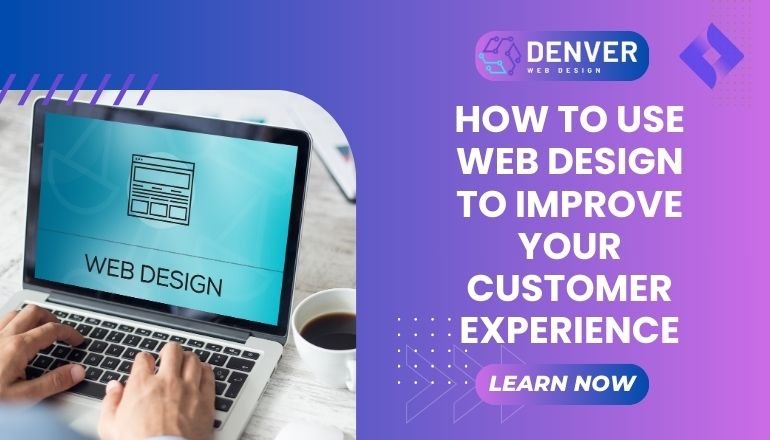
Introduction:
In today’s competitive digital landscape, the design and development of your website play a pivotal role in shaping the user experience and driving business success. A website that is well-structured, responsive, and user-friendly can create lasting impressions, boost conversions, and enhance customer satisfaction. At Web Design Denver, we understand how impactful a strategically designed website can be, offering you the tools and insights you need to elevate your customer experience.
What is Web Design and Why is it Important?
Web design refers to the process of creating the layout, structure, and visual elements of a website. The goal is not only to ensure that a site is visually appealing but also that it provides users with a seamless, intuitive experience. One of the key concepts in modern web design is responsive web design, a technique that ensures websites are compatible with a variety of devices, from desktops to smartphones. Related practices include adaptive design, which tailors layouts to specific screen sizes, and the mobile-first approach, where websites are designed with mobile use in mind first before expanding to larger devices.
Why is Web Design Essential for Your Website?
Investing in effective web design isn’t just about creating a beautiful website; it’s about improving your overall business performance. Good web design enhances user experience, facilitates easy navigation, and builds credibility, directly impacting your SEO and business growth. A website that loads quickly, is mobile-responsive, and is intuitive can decrease bounce rates and increase conversion rates. In fact, research shows that users are more likely to stay on a site that is optimized for mobile use and easy to navigate. By adopting best practices in web design, you’re not only improving user satisfaction but also helping your website rank higher in Google search results, contributing to better search engine visibility.
Key Features of Web Design That Improve Customer Experience
A well-designed website is composed of several important features. Below are some of the core elements that can enhance customer experience:
- Responsive Design: This ensures that your website adapts to various devices and screen sizes, providing a consistent experience whether viewed on a desktop, tablet, or smartphone.
- Easy Navigation: Intuitive navigation allows users to find information effortlessly. The use of clear, well-organized menus and search functionalities can make a significant difference.
- Fast Load Times: Website speed is crucial for both user satisfaction and SEO. Studies show that if a website takes longer than 3 seconds to load, most visitors will leave the site.
- Strong Call-to-Action (CTA): Prominent, clear CTAs can guide visitors through the conversion process, encouraging them to take the next step, whether it’s making a purchase, contacting you, or subscribing to your newsletter.
- Mobile-First Design: Since many users access websites via mobile, designing with mobile in mind ensures that your website is easily accessible to the majority of users.
Best Practices for Improving Customer Experience through Web Design
- Keep Your Website Simple: Cluttered designs overwhelm visitors. Stick to essential elements, limit the number of choices, and ensure a clean, organized layout.
- Focus on Speed and Performance: Use high-quality images optimized for the web, limit heavy scripts, and choose fast hosting services to improve load times.
- Ensure Clear Navigation: Utilize consistent menu structures and clear labels. Organize content into logical sections that users can easily identify.
- Leverage User Feedback: Gather data from real users on pain points in your site’s design. Regular feedback will allow you to continually improve the user experience.
- Overcomplicating Design: Flashy designs that overwhelm the user can detract from your site’s main message. Keep things simple and purposeful.
- Neglecting Mobile Optimization: Failing to prioritize mobile responsiveness can alienate a large percentage of your audience.
- Ignoring User Needs: Understanding the primary needs of your visitors helps avoid misdirecting them or complicating the navigation process.
Conclusion: Key Takeaways
Good web design is essential to your online success. From creating responsive layouts to optimizing user navigation and site speed, the user experience should always remain your top priority. By implementing the best practices discussed above, you can ensure your website not only meets but exceeds the expectations of your visitors.
Start optimizing your web design for better customer experience today. Whether you need a custom web design, professional web development, or assistance with e-commerce web design, Web Design Denver is here to help you take the first step toward a more effective and engaging website.






